
Back to Blogs
Discover
Autumn Wildlife Checklist
With the arrival of autumnal weather, now is the perfect time to experience some of Suffolk’s fantastic natural displays of wildlife.
Enjoy Autumn in Bury St Edmunds
For many animals, insects and plants – Autumn is a time for slowing down. Birds are arriving or departing – some flying south looking for food and warmth and some coming here from the Arctic for a mellower winter. Deers breed, the landscape changes colour – lush greens become browns and oranges and berries are in abundance.
For any who admire wildlife, Autumn is considered the best season to enjoy it and Bury St Edmunds, along with the rest of Suffolk, has some enviable wildlife to catch if you time it right and are just a little patient.
Suffolk is one of the most important birding counties in England. Comparatively underdeveloped, with nationally significant heathlands and wetlands, and a long, diverse coastline –the Avocet returned here first to breed after a lengthy absence from Britain.
But there is also so much more than just birds. Look out for woodland, parkland, deer, reptiles and insects too. We’ve put together this list of places to catch some of the counties best wildlife – we hope you enjoy exploring them.
National Trust Ickworth
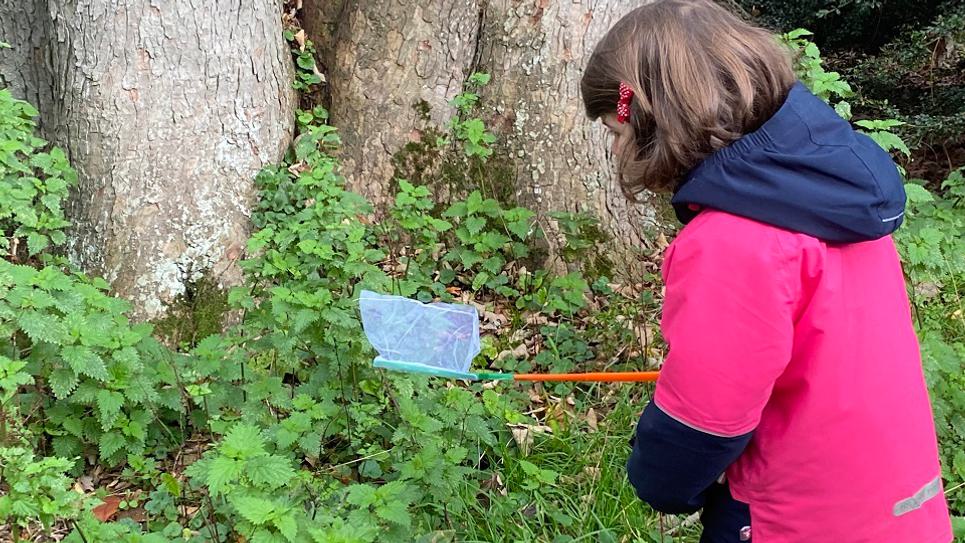
National Trust Ickworth House, Park & Gardens is a spectacular country house and estate near Bury St Edmunds which was built in the late 18th century and is surrounded by extensive woodland and parkland – all offering a haven for plan, animal and bird life.
The more remote areas and ancient woodland provide ample opportunity to encounter wildlife, particularly the resident herd of deer. The Fairy Lake near Lady Hervey’s Wood (once a boating lake) is now a haven for wildlife - if you linger for even a short a while, you’ll be rewarded with sightings of wading birds, insects and fish.
As part of Ickworth estate’s management plan, the parkland is being maintained as biodiversely as possible. Partially this has involved the land being taken out of arable production which sees it free from intense management and chemicals. Consequently, this improves the soil structure and vegetation meaning the natural habitat is improved and offers a prime place for mammals to thrive. Wildflowers have also been planted on the grounds to attract wildlife. This is all part of the drive to encourage as much wildlife as possible to call Ickworth their home.
It looks like their efforts are working too - the estate were delighted to recently discover that barn owls have been nesting on the estate for the first time in over twenty-five years!
Fullers Mill Garden
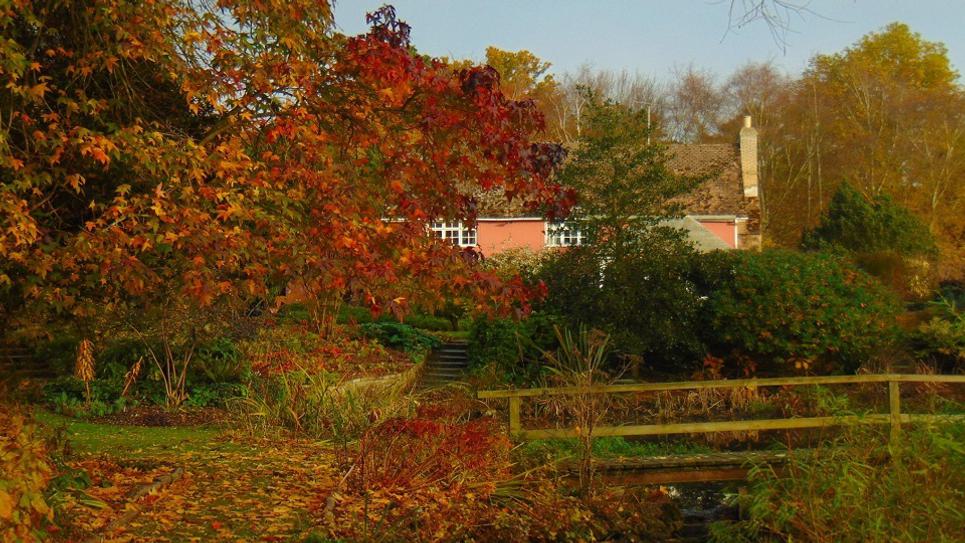
Fuller's Mill Garden in West Stow, just outside Bury St Edmunds, is a beautiful, tranquil haven whatever the time of year.
In autumn it comes alive with oranges and reds so have your camera at the ready!
Fullers Mill combines a beautiful site of light dappled woodland with a plantsman’s paradise of rare and unusual shrubs, perennials, lilies and marginal plants.
The garden was created by the late Bernard Tickner MBE (1924-2017). He moved to Fullers Mill in 1958 and spent over 50 years creating the garden you see today from rough scrub and woodland. In 2004 he and his wife Bess donated the garden to The Fullers Mill Trust, a registered charity, which was established to manage the garden and to ensure its future.
In 2013, the garden was gifted to Perennial, for its long-term preservation. Head Gardener Annie Dellbridge and her team of gardeners and volunteers now maintain the garden for the enjoyment of visitors from April to October.
Fullers Mill Garden is open for autumn in September and October.
West Stow Country Park
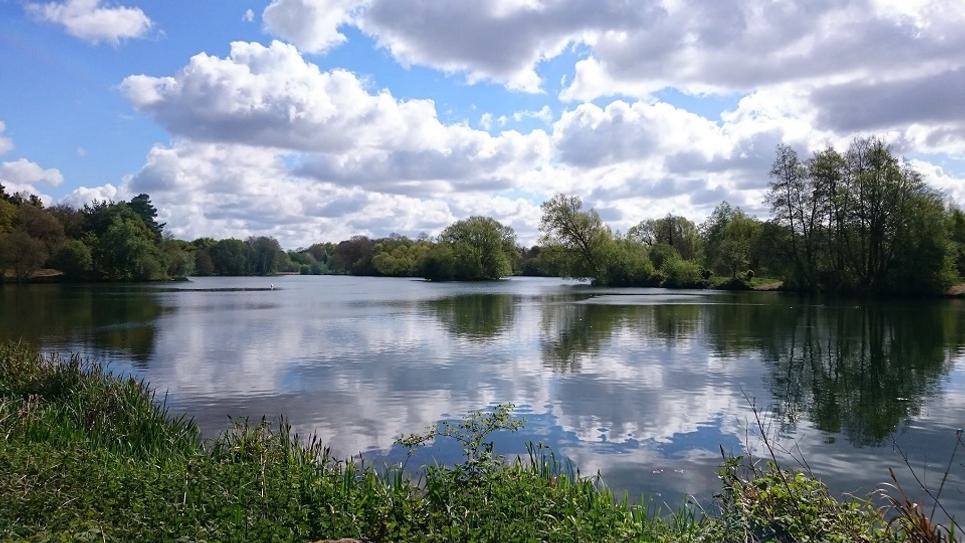
West Stow Country Park surrounds the West Stow Anglo-Saxon Village – the First English Village and one of England’s most interesting archaeological sites which offer a fascinating and authentic recreation of an Anglo-Saxon village.
The Park has over 125 acres of traditional Suffolk countryside - unspoilt heaths, trails and woodland walks, all of which will reveal an exciting display of wildlife especially in Autumn.
There are two bird hides as well as a bird feeding area which allow close view of woodland birds and choices of walks alongside the river Lark, around the lake, in the forest and woodland, conifer plantations or across the heathland, all displaying abundant bird nesting sights – although please remain on the footpaths to avoid disturbing these nesting birds.
The heath and forest are home to a wide range of wildlife including deer and reptiles and offer excellent bird sighting at any time of the year but in Autumn, you’ll likely catch the spectacle of a long list of migrant birds. Birds to be sighted include The Nuthatch, Kingfisher, Goldcrest, Great Crested Grebe (All year) and the Brambling, Siskin, Lesser Redpoll, Crossbill, Goosander as Autumn moves to Winter. If you are fortunate, you may even happen upon some Herons and the odd wading bird.
Check in on the West Stow website or Facebook page to be informed about Bird Ringing events which offer the chance to watch the experts catch and ring the many species of birds that visit the park and learn about the important research which monitors the health of the bird population and the increasing or declining numbers of species.
Lackford Lakes
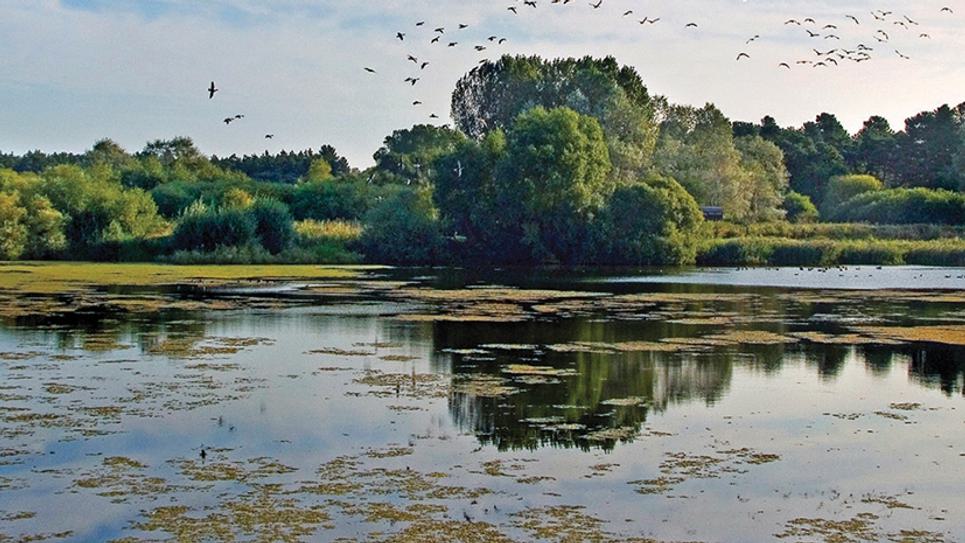
Lackford Lakes in Bury St Edmunds is a free to visit Suffolk Nature Reserve and fully accessible visitor centre with on-site parking and toilet for disabled people.
It is a wildlife oasis with a hard to rival landscape which includes lakes, meadow, woodland and reeds. You will encounter wildlife close-up all year-round including kingfisher, dazzling dragonflies and a wide variety of colourful ducks.
The 1.5km Kingfisher Trail is wheelchair friendly and offers ramped access to the five hides you will encounter along the route. On the trail you can see the trees changing colour, fungi sprouting and the arrival of birds including shovelers, lapwing, goosanders, bitterns and goldeneyes.
The reserve is already hinting that autumn is on its way - fruits and seeds can be seen appearing, ducks are starting to arrive in numbers and the first snipe has been reported! The berries are also making their colours seen on the bushes - they are slightly early this year, but that is likely due to the clement weather that summer has had us enjoy. These berries are an important food source for the wildlife- both birds and butterflies like them and their abundance is a partial reason for the continued diversity or visiting birds.
The reserve also hosts a number of wonderful events including guided walks, wildlife photography courses, bird song identification walks and Autumn discovery days although early booking on all these is strongly advised.
Please note dogs are not allowed on this reserve.
Nowton Park
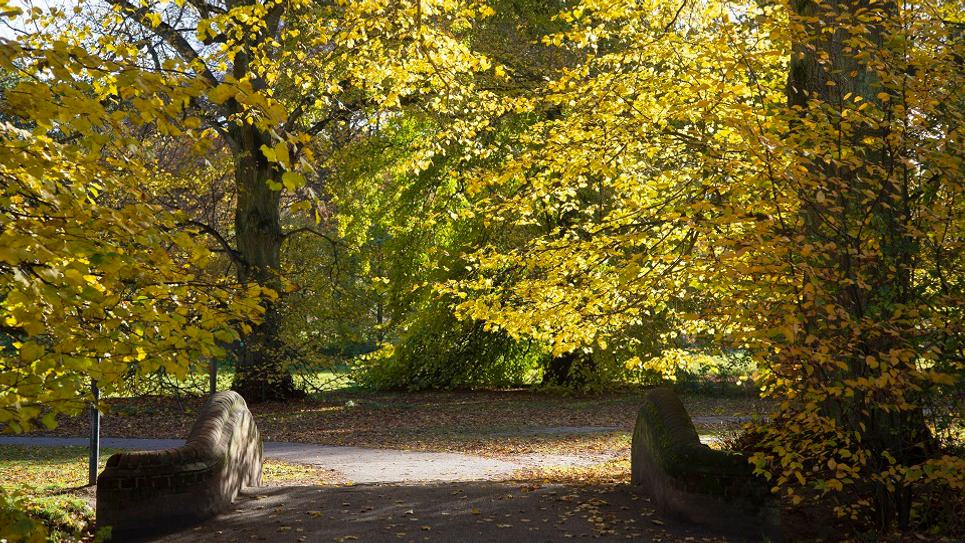
Spend a day at Nowton Park and you're in for an wonderful wildlife-filled experience.
Leading off from Nowton Court, The lime avenue is one of the finest examples in the UK and was planted around 1880 to give the estate a sense of grandeur.
Stand here and look to the left of the house and you will see the bird feeding station on the end of the wood. Set within a larch plantation containing cherry and sweet chestnut, you can spot a variety of birds can be seen here in autumn and winter including the nuthatch, the great spotted woodpecker, blue, great and long tailed tit.
As well as many Suffolk-native trees, the arboretum which is home to trees from around the world such as eucalyptus from Australia, paperbark maple from China and Kentucky coffee trees from North America. Look out for the panda which has been carved and placed in the China region along with some bamboo.
Children will also love spotting the wooden dragon which has been carved from a cedar tree that was growing in the park but was struck by lightning. In the centre of the arboretum, you will find a 35ft totem pole; carved from a western red cedar which is the species traditionally favoured by Native Americans for their totem poles.
Taking on the shape of a stylised oak tree, the maze at Nowton Park is open from May to October every year and is south of the park, 2km from the main car park. Home to 2,500 hornbeam trees, it keeps its leaves through the winter.
Clare Castle Country Park
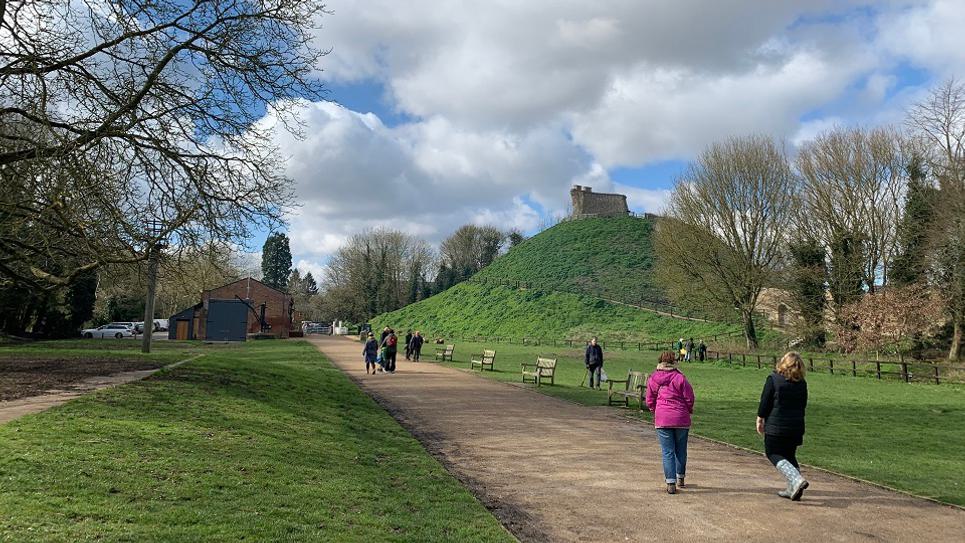
Located in the historic wool town of Clare, Clare Castle Country Park includes the 13th Century stone castle keep set upon its 60ft high motte overlooking the town, surrounded by woodland, open green spaces and trails which follow the banks of the River Stour; all of which are home to a variety of trees and plant life. and along the old railway line. Here can be viewed the variety of trees, plant life and wildlife.
During an autumn stroll, look out for grey squirrels, wood mice, yellow-necked mice, shrews, rabbits, bank voles, foxes, badgers, muntjac deer, otters and if you're lucky you could also spot tawny and barn owls.
National Trust Melford Hall
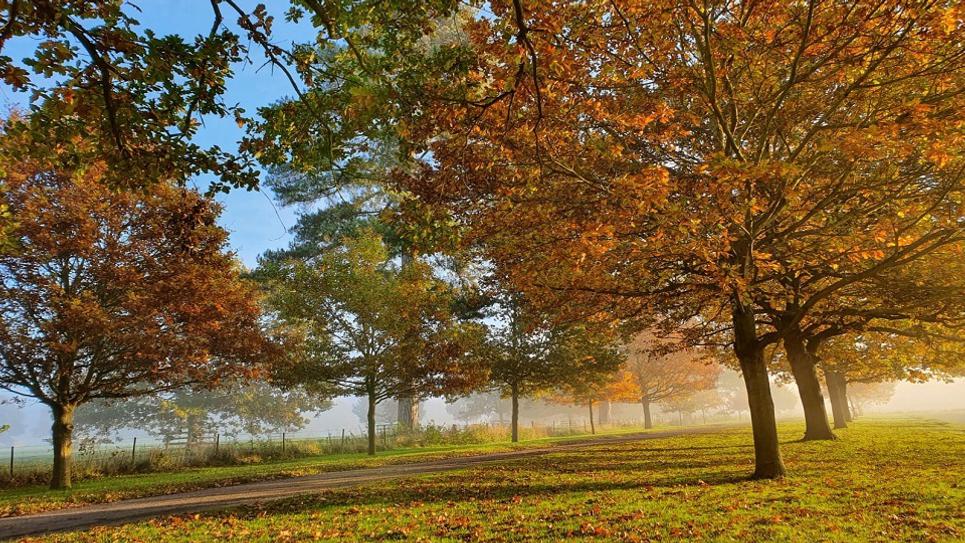
National Trust Melford Hall is perfect for an autumnal walk. There are two walking routes, both of which take in views of open fields, gently rolling hills, beautiful vistas, and babbling brooks.
The woodland paths take you around beds filled with dry shade planting including hellebores, ferns, hostas, Geranium macrorrhizom, Ajuga reptans and Pulmonaria. As you walk around you will also see bird boxes, a bird bath, deluxe insect hotels, and a nettle patch - the perfect habitats for a plethora of wildlife, insects and birdlife.
There's so much more to see and do in Bury St Edmunds and Beyond - check out our Places to Stay Guide & our Offers Page and book your break now.
Related Posts
Related Blogs

News
Places to sit by a roaring…
Warm up by a roaring fire this winter in Bury St…

News
Autumn in Bury St Edmunds
From pumpkins to falling leaves and from ghost stories…

News
Where to Go Pumpkin Picking…
Autumn fun, fresh air, and fields full of pumpkins in…

News
Keaton’s Batman the star in…
The iconic cowl created for Michael Keaton in Tim…

News
Autumn Theatre Guide
As the evenings draw in and autumn heads this way,…
Latest news

News
How to Spend Betwixtmas in Bury St Edmunds & Beyond
The post Christmas period is the perfect time to get out and about before the new year kicks in, and you’ll find plenty of activities and places to visit in Bury St Edmunds and beyond.

News
Parents Guide to Pre Christmas Entertainment
It's the school holidays and with Christmas just around the corner we've put toegther a guide on places to take the kids to keep them entertained until Santa visits!

News
Enjoy a Festive Afternoon Tea in 2025
Celebrate the Christmas season with a festive afternoon tea in Bury St Edmunds & Beyond...

News
Festive Winter Walks
Get outside and enjoy the fresh crisp winter air with one of these walks in Bury St Edmunds and Beyond!

News
Bury Tour Guides to launch new tours next year after successful 2025
Bury St Edmunds Tour Guides to Introduce new tours in 2026 and continue the successful Food and Drink Tours!

News
New in Bury St Edmunds For 2026
A sneak peak into new attractions visitors can enjoy in Bury St Edmunds in 2026.

News
Baby It's Cold Outside... Things To Do When the Weather Turns Frosty
Just because the temperature’s dropped doesn’t mean the fun has to! If you’re visiting town during the chillier months, there’s still plenty to see, do, and experience.

News
Places to sit by a roaring fire in Bury St Edmunds & Beyond
Warm up by a roaring fire this winter in Bury St Edmunds & Beyond...

News
Christmas Park and Walk 2025
Additional parking has been provided by West Suffolk Council in partnership with Greene King this Christmas.



